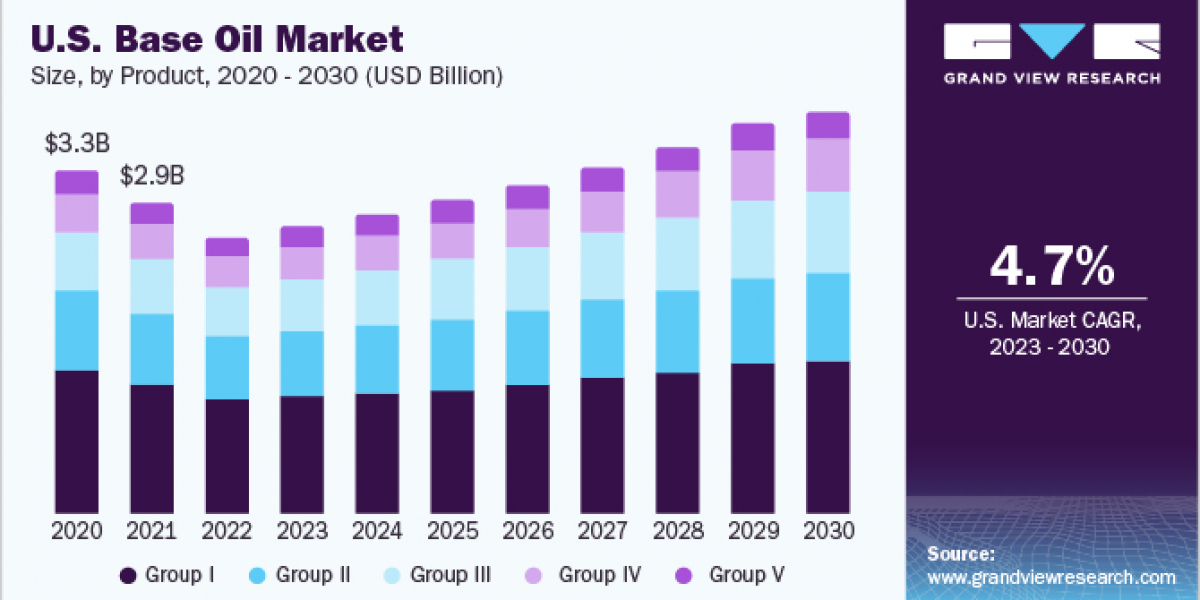The global base oil market was valued at USD 19.46 billion in 2022 and is projected to grow at a compound annual growth rate (CAGR) of 5.5% from 2023 to 2030. This growth is primarily driven by the rising demand for engine oils across various sectors, including metallurgy, automotive, chemicals, heavy equipment, and power generation. The market is characterized by its fragmentation, featuring numerous innovative players vying for market share. Intense competition compels these participants to focus on customer retention as a strategy to maintain a competitive advantage. Many companies are now pursuing collaborative business strategies to boost productivity, deliver high-quality products, and enhance their regional presence.
Base oil plays a vital role in formulating lubricant oils, with extensive applications across a wide range of industries. Specifically, Group I base oils are predominantly used in marine lubricants, which are essential for the shipping industry, helping to protect and improve the efficiency of engines and machinery. These high-performance marine lubricants require high-viscosity base oils specially formulated to ensure optimal operational performance.
Gather more insights about the market drivers, restrains and growth of the Base Oil Market
Product Segmentation Insights
In 2022, Group I products led the market with a revenue share of 42.5%. This dominance is largely due to their widespread use in automotive, marine, and rail lubricants, thanks to their affordability, straightforward processing, low volatility, high viscosity index, and effective lubrication properties. Group I products are defined by sulfur content exceeding 0.03%, saturates below 90%, and a viscosity range of 80 to 120. This group is noted for its low aromatic compound content and paraffinic characteristics, operating effectively within a temperature range of 32˚F to 150˚F. Compared to other groups, Group I oils are less refined and consist of a mix of hydrocarbon chains, exhibiting a degree of inconsistency.
Group II products held the second-largest revenue share in 2021, owing to their availability and the establishment of new production capacities in regions like Asia Pacific and the Middle East, along with competitive pricing. Globally, over 90% of lubricants can be formulated using Group II oils, which are priced similarly to Group I oils, making them increasingly prevalent in the market.
Order a free sample PDF of the Market Intelligence Study, published by Grand View Research.









